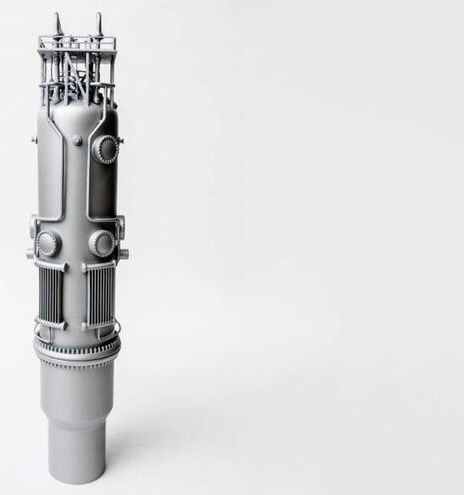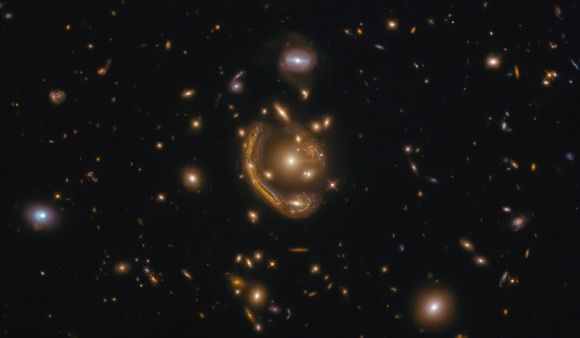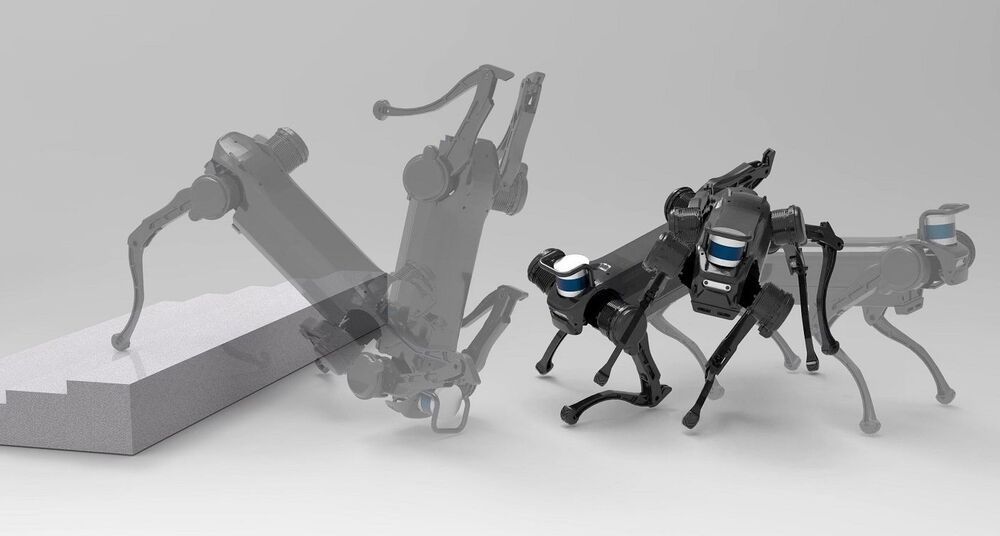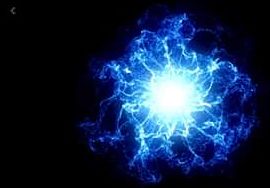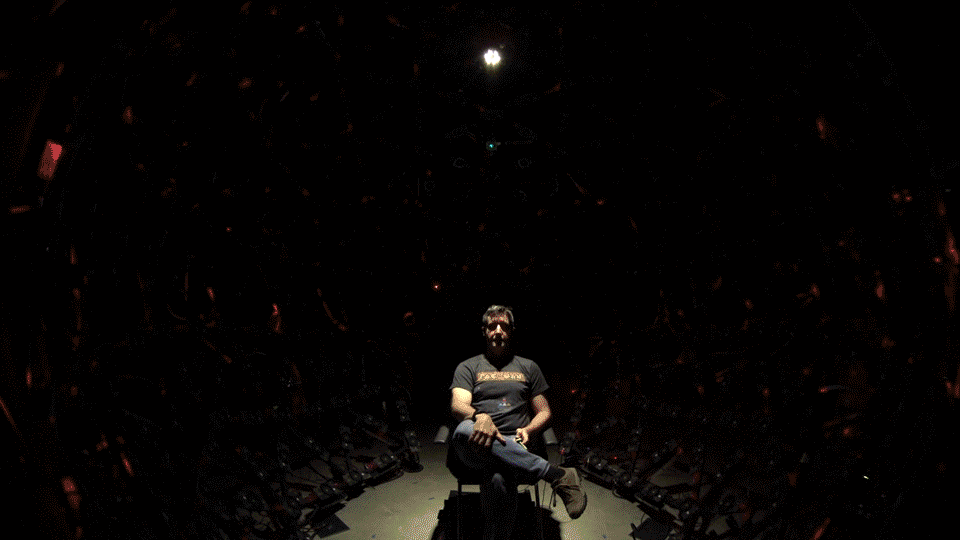
Recently, Google introduced Portrait Light, a feature on its Pixel phones that can be used to enhance portraits by adding an external light source not present at the time the photo was taken. In a new blog post, Google explains how they made this possible.
In their post, engineers at Google Research note that professional photographers discovered long ago that the best way to make people look their best in portraits is by using secondary flash devices that are not attached to the camera. Such flash devices can be situated by the photographer prior to photographing a subject by taking into account the direction their face is pointing, other light available, skin tone and other factors. Google has attempted to capture those factors with its new portrait-enhancing software. The system does not require the camera phone operator to use another light source. Instead, the software simply pretends that there was another light source all along, and then allows the user to determine the most flattering configuration for the subject.
The engineers explain they achieved this feat using two algorithms. The first, which they call automatic directional light placement, places synthetic light into the scene as a professional photographer would. The second algorithm is called synthetic post-capture relighting. It allows for repositioning the light after the fact in a realistic and natural-looking way.
